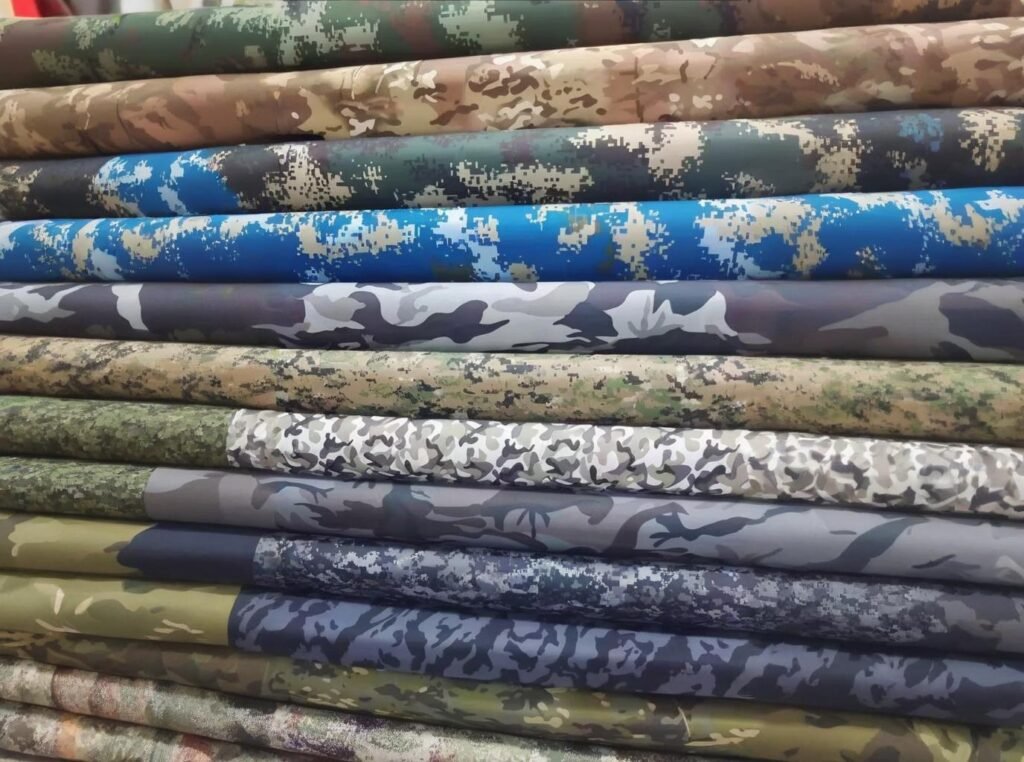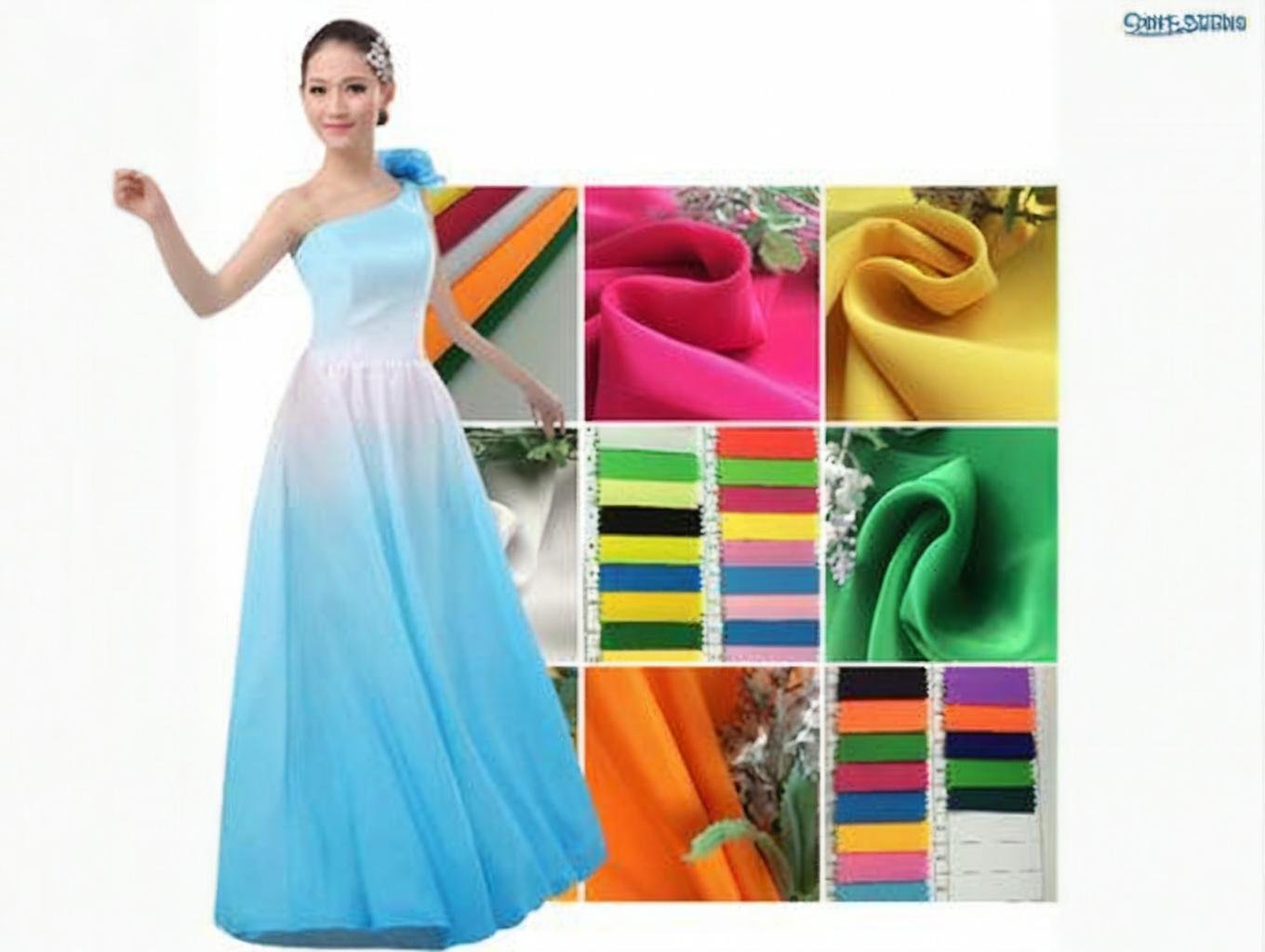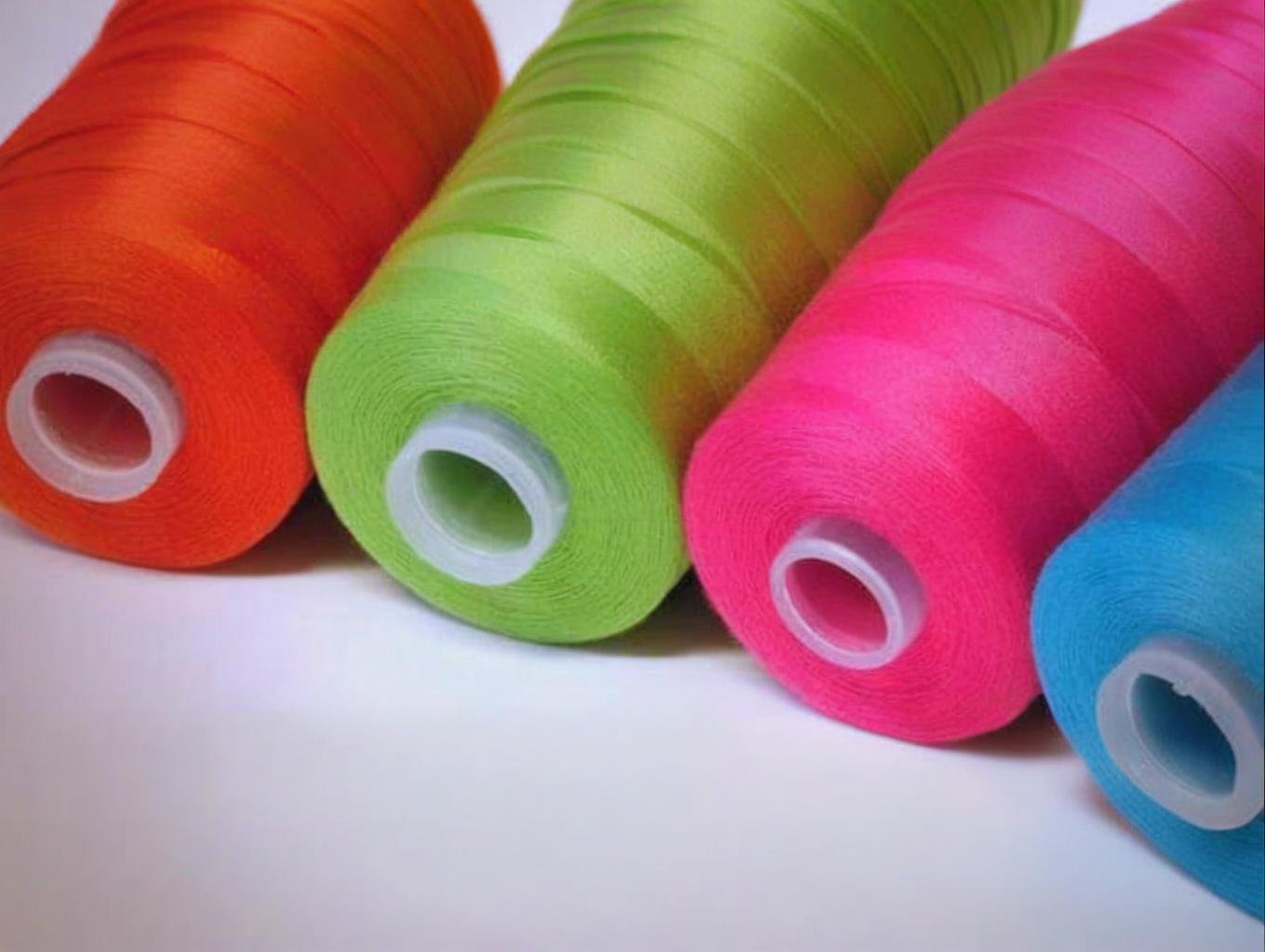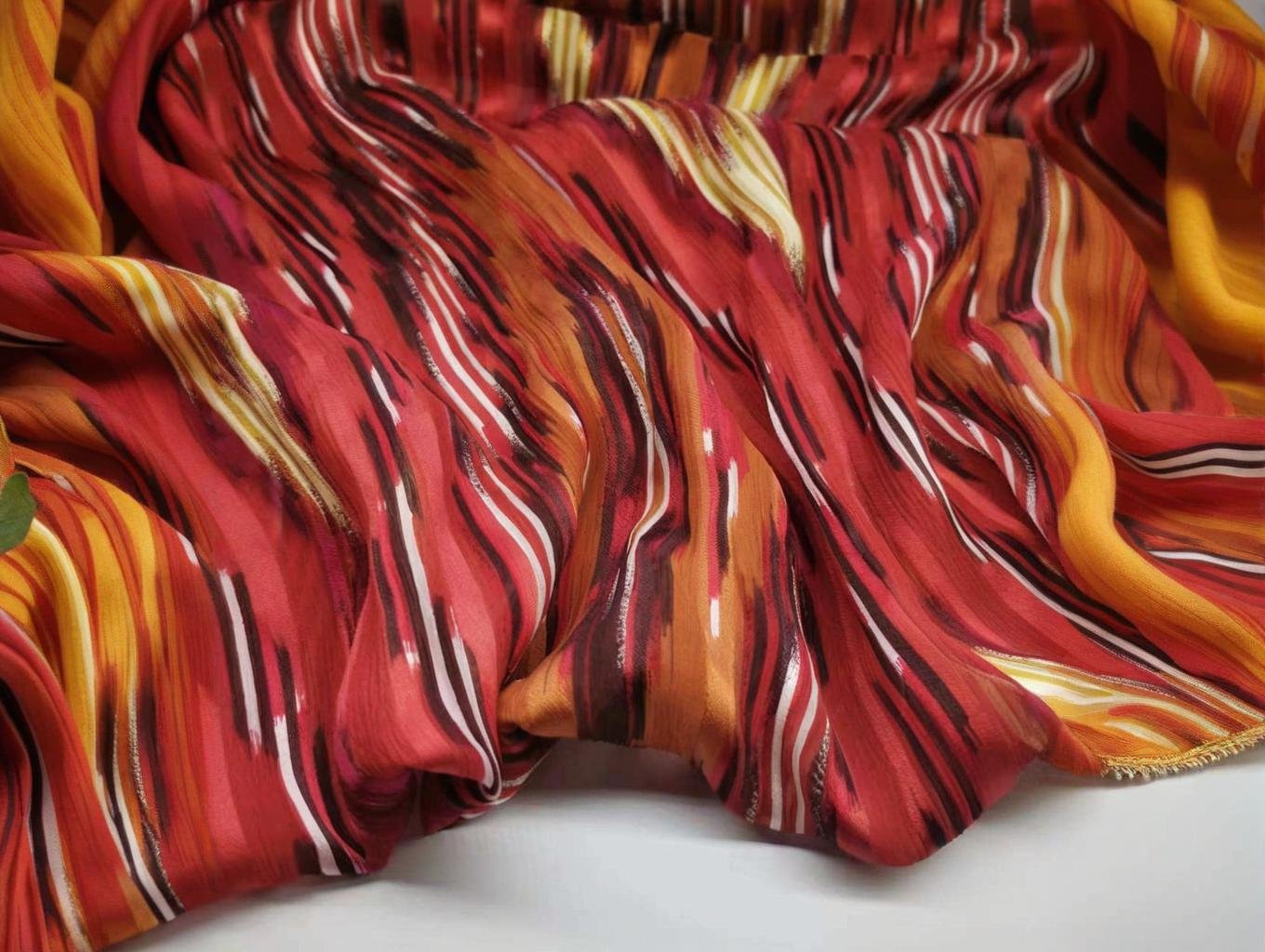How To Identify Oxford Fabric? A Visual and Technical Guide

Whether you’re developing corporate uniforms, sourcing bulk fabric for backpacks, or evaluating shirt samples from a factory, recognizing Oxford fabric correctly can be the difference between delivering a high-quality product and making a costly sourcing mistake. Oxford cloth appears simple at first glance—but its structural weave, fiber composition, and finishing treatments vary dramatically across product categories.
To identify Oxford fabric accurately, look for its distinctive basket weave structure (often 2×1 or 2×2), check the yarn material (cotton, polyester, or nylon), and assess surface texture, weight (GSM), and feel. With these indicators, B2B buyers can distinguish Oxford from plain weaves or twills with confidence.
But knowing how to identify Oxford fabric isn’t just about visual checks. Today’s buyers also need to verify performance specs, understand blend ratios, and know how Oxford behaves differently based on end-use. That’s what this guide delivers—starting with the foundational question: what exactly is Oxford fabric?
1. What Is Oxford Fabric and How Is It Different from Other Woven Fabrics?
Oxford fabric is a woven textile that uses a basket weave structure, typically with two warp yarns crossing over one or two weft yarns. Unlike plain weaves (1×1) or twills (which create diagonal ribs), Oxford’s weave gives it a textured, grid-like surface. It can be made from cotton, polyester, nylon, or blends, and is used in shirts, uniforms, luggage, and upholstery.
Oxford fabric is different from other weaves due to its unique basket weave construction, which gives it enhanced durability, a soft drape, and a textured look compared to flat plain weaves or ribbed twills.
Structure vs Function Across Weaves
a. Fabric Weave Type Comparison
| Weave Type | Structure | Texture | Common Uses |
|---|---|---|---|
| Plain Weave | 1 over 1 | Flat, smooth | Linings, poplin shirts |
| Twill Weave | 2 over 1 (diagonal rib) | Soft with rib lines | Jeans, chino pants, heavy apparel |
| Oxford Weave | 2 over 2 (basket) | Textured, grid-like | Shirts, uniforms, backpacks, covers |
b. Oxford Variants in Industry Use
| Type | Fiber | Application |
|---|---|---|
| Cotton Oxford | 100% Cotton | Shirting, uniforms |
| Poly-Cotton Oxford | Cotton/Polyester | Workwear, wrinkle-resistant garments |
| Polyester Oxford 600D | 100% Polyester | Luggage, promotional bags |
| Nylon Oxford 840D | 100% Nylon | Tactical gear, waterproof jackets |
c. Buyer Perspective: Why Oxford Is Often Misidentified
Many first-time buyers confuse polyester twill or plain weave fabrics with Oxford simply because of surface texture. However, Oxford’s strength lies in its distinct basket weave, which creates tiny visible checkerboards under close inspection.
d. Practical Tip
Stretch a fabric under natural light:
- If the structure looks like a tight “grid” rather than a single yarn-over-under weave, you’re likely looking at Oxford.
2. Which Weave Pattern Defines Oxford Cloth and How Can You Spot It?
The classic Oxford weave is a 2×1 or 2×2 basket weave, where two warp yarns go over and under one or two weft yarns. This creates a crisscross pattern that is visible even to the naked eye, especially in uncoated or lightly finished fabric.
Oxford cloth is defined by its basket weave structure, identifiable by its evenly spaced grid-like pattern and dual warp yarns crossing weft yarns. This weave gives the fabric its signature soft structure and durability.
How to Spot the Oxford Weave in Practice
a. Basket Weave Identification Tips
| Observation Point | What to Look For |
|---|---|
| Surface Texture | Subtle crisscross grid, not flat or diagonal |
| Yarn Direction | Two yarns traveling in same direction together |
| Microscopic View | Square pattern repeated regularly |
| Light Test | Slightly open weave lets in some light |
b. Oxford vs Twill vs Plain – Side-by-Side Visual
| Fabric Type | Visual Grid | Rib Line | Stiffness | Feel |
|---|---|---|---|---|
| Oxford | ✔✔ | ✖ | Medium | Soft yet structured |
| Twill | ✖ | ✔✔ | Softer | Flexible, smooth |
| Plain Weave | ✔ (flat) | ✖ | Stiff | Crisp, lightweight |
✔✔ = Highly visible / strong presence ✖ = Not present
c. SzoneierFabrics Note: Custom Weave Variants
- Royal Oxford: High thread count, finer yarns, shiny finish
- Pinpoint Oxford: Tighter weave than basic Oxford, more formal
- Oxford 1680D: Ballistic variant used in bags—less visible weave, ultra-dense
d. Real-World Verification
A U.S. buyer sourcing school uniforms initially confused Oxford poly-cotton with polyester poplin. Under magnification and physical stretch test, the supplier identified it as a 1×1 plain weave. They switched to 2×2 poly-cotton Oxford from SzoneierFabrics—resulting in improved durability and reduced shirt shrinkage.
3. How Does Oxford Fabric Feel to the Touch Compared to Similar Materials?
Oxford fabric typically has a balanced feel—soft yet structured, depending on the yarn type and finish. Cotton-based Oxfords feel natural and breathable, while polyester and nylon variants feel smoother, slightly stiffer, and more synthetic. Compared to plain weave fabrics, Oxford feels more textured; compared to twill, it has less drape but better body.
Oxford fabric usually feels slightly textured, with a soft but resilient hand. Cotton Oxford is breathable and comfortable, while polyester or nylon Oxford feels slicker and more rigid.
Tactile Testing for Fabric Identification
a. Touch Test Matrix
| Fabric Type | Feel Characteristics | Best Use Case |
|---|---|---|
| Cotton Oxford | Soft, breathable, matte | Shirts, school uniforms |
| Poly-Cotton Oxford | Balanced softness and resilience | Corporate uniforms, workwear |
| Polyester Oxford 600D | Smooth, slightly plasticky | Promotional bags, rain covers |
| Nylon Oxford 840D | Slick, slightly cold, tough | Tactical gear, waterproof bags |
| Poplin (Plain Weave) | Crisp, tight, lightweight | Casual shirts, linings |
| Twill (2/1 or 2/2) | Diagonal rib, soft drape | Pants, casual jackets |
b. Surface vs Structure
- Cotton Oxford: Absorbs moisture; warms up with hand contact
- Polyester Oxford: Cool touch; resists moisture absorption
- Nylon Oxford: Smoother than polyester, more responsive to pressure/stretch
- Plain weave: Typically less “body,” no crisscross resistance
c. Buyer Tip: Combine Hand Feel with Fabric Weight
- Shirting Oxford (130–160 GSM): Should feel smooth and pliable
- Bag-grade Oxford (300–600D): Should feel firm with minimal stretch
- Ballistic Oxford (1680D): Feels dense, stiff, and heavily coated
d. Case Story: Shirt Sample Verification
A German private label brand received shirt swatches from two suppliers:
- One was labeled “Oxford” but felt paper-thin
- SzoneierFabrics’ 160 GSM combed cotton Oxford had richer hand-feel and was chosen
Result: Their return rate for fabric complaints dropped below 1% after switching.
4. What Visual Characteristics Help Identify Cotton, Polyester, or Nylon Oxford?
Visual inspection under natural light and magnification can quickly reveal whether an Oxford fabric is made from natural (cotton) or synthetic (polyester/nylon) fibers. Cotton shows a matte, slightly fuzzy surface; polyester reflects more light and appears smoother; nylon has a glossy, sharper weave with tight yarn bundles.
Cotton Oxford has a matte, soft finish with slight fiber fuzz; polyester Oxford appears smoother and slightly shiny; nylon Oxford is shinier still with finer weave definition.
Visual ID Techniques
a. Visual Differences by Fiber Type
| Oxford Type | Surface Finish | Color Depth | Weave Visibility | Shine |
|---|---|---|---|---|
| Cotton Oxford | Matte, slight fuzz | Deep, rich | Moderate | Low |
| Poly-Cotton Oxford | Semi-matte | Balanced | Clear | Medium |
| Polyester Oxford | Smooth, flat | Bright, crisp | High | Medium–High |
| Nylon Oxford | Glossy, slick | Slightly dull | Very High | High |
b. Fiber Burn Test (If Applicable)
| Fiber Type | Burn Smell | Ash Residue | Flame Behavior |
|---|---|---|---|
| Cotton | Paper/burning wood | Soft gray ash | Burns steadily |
| Polyester | Sweet chemical | Hard black bead | Shrinks, melts, drips |
| Nylon | Celery or vinegar | Hard gray bead | Melts quickly, no flame |
For B2B lab validation only—do not attempt without lab safety controls.
c. Color Depth & Print Characteristics
- Cotton Oxford: Absorbs dye well, deeper tones
- Polyester Oxford: Works best with heat-transfer and sublimation printing
- Nylon Oxford: Limited dye options, often solution-dyed for solid tones
d. Buyer Story: Luggage Brand Color Matching
A U.S. outdoor gear brand needed color consistency across three bag lines:
- Cotton Oxford had slight batch variation
- Nylon Oxford 840D had best tone uniformity across light and dark colors
- Polyester Oxford was used for bold prints with sublimation
Result: Each fiber was selected based on visual goals—not just cost or durability.
5. How Do GSM, Yarn Count, and Denier Reveal Oxford Fabric Quality?
GSM (grams per square meter), yarn count (for cotton), and denier (for synthetics) are key technical specs used to evaluate Oxford fabric’s weight, density, and intended use. These measurements help buyers distinguish between shirt-weight fabrics, luggage-grade textiles, and ballistic-grade Oxfords.
High GSM, fine yarn counts, and appropriate denier ratings help identify Oxford fabric quality and its suitability for specific applications—whether soft and breathable or heavy-duty and abrasion-resistant.
Technical Specs and What They Tell You
a. GSM Guidelines by Use Case
| Product Type | Recommended GSM (Oxford Fabric) |
|---|---|
| Dress Shirts | 130–160 GSM |
| Corporate Uniforms | 150–180 GSM |
| Tote Bags (Cotton) | 180–220 GSM |
| Backpacks (Polyester) | 220–300 GSM |
| Tool Bags (Ballistic) | 350–600 GSM |
Note: Higher GSM doesn’t always mean higher quality—context matters.
b. Yarn Count (Cotton Oxford)
| Yarn Count (Ne) | Yarn Thickness | Application |
|---|---|---|
| 20s | Coarse | Heavy shirts, budget uniforms |
| 40s–60s | Medium-fine | Casual and office shirts |
| 80s+ | Fine, smooth | Premium formal shirts |
- Combed yarns → Smoother, less pilling
- Carded yarns → More textured, lower cost
c. Denier (Synthetic Oxford)
| Denier (D) | Thickness | Common Use |
|---|---|---|
| 210D–300D | Lightweight | Linings, indoor bags |
| 420D–600D | Mid-weight | Backpacks, tents, jackets |
| 840D–1680D | Heavy-duty | Tactical gear, luggage, covers |
- Denier = fiber thickness; the higher the number, the thicker the yarn
- But also check weave tightness and coating
d. Case Study: Material Specification for Tender Bid
A military contractor compared two Oxford specs:
- Option A: 600D polyester Oxford, 250 GSM
- Option B: 840D nylon Oxford, 310 GSM
Despite higher GSM in Option B, the actual burst strength was 28% greater, and tear resistance improved by 41%.
They selected Option B from SzoneierFabrics based on performance specs aligned with field needs.
6. Are There Quick Physical Tests to Confirm if a Fabric Is Oxford?
Yes. Experienced buyers and QC teams often use a combination of touch, light, stretch, and edge-fray tests to preliminarily identify Oxford fabric in the field. While lab testing is best for accuracy, these quick methods are helpful when verifying material on-site.
You can confirm Oxford fabric by checking for a grid-like weave under light, rubbing it between fingers for stiffness and texture, and stretching to observe weave recovery and structure.
DIY Fabric ID Checklist
a. Quick On-Site Oxford Identification Methods
| Test | What to Do | Oxford Fabric Indicator |
|---|---|---|
| Light Test | Hold fabric to light | Grid pattern should be visible |
| Stretch & Relax | Pull gently in both directions | Slight give, weave bounces back |
| Finger Rub | Rub between thumb and forefinger | Moderate texture (not slick or flat) |
| Edge Fray Test | Unravel a corner | Reveals 2×1 or 2×2 yarn bundles |
b. Additional Observations
- Coated Oxford (e.g., PU): May feel stiffer and smoother
- Uncoated Oxford (e.g., cotton): Feels natural, warms with touch
- High-denier Oxford: Dense with low drape
c. Limitations of Physical Testing
- May not distinguish polyester Oxford vs. plain polyester twill
- Cannot verify fiber content or coating chemistry
- Best used for first-round screening, not certification
d. Tip for Fabric Buyers
Always request:
- A spec sheet (GSM, denier/yarn count, weave type)
- A raw swatch (uncoated, if possible)
- Optional: One piece cut along the grain for weave inspection
7. How Can Lab Testing Verify Oxford Fabric Composition and Performance?
Lab testing is the most accurate method to confirm whether a fabric is truly Oxford—not just by its weave, but also its fiber composition, GSM, strength, coating, and compliance with standards. Especially for large-scale B2B purchases, lab verification helps prevent substitution fraud, ensures durability, and supports certification needs.
You can verify Oxford fabric via lab tests that measure fiber content, weave type, GSM, tensile strength, abrasion resistance, and finish properties—ensuring material authenticity and performance alignment.
Common Lab Tests for Oxford Fabric
a. Recommended Tests for B2B Buyers
| Test Category | Method/Standard | What It Confirms |
|---|---|---|
| Fiber Content Analysis | AATCC 20, ISO 1833 | Verifies cotton vs polyester/nylon ratios |
| Weave Structure Validation | Digital Microscopy | Confirms 2×1 or 2×2 basket weave pattern |
| GSM Measurement | ASTM D3776 / ISO 3801 | Ensures weight consistency |
| Tear & Tensile Strength | ISO 13934-1 / ISO 9073-4 | Durability under mechanical stress |
| Abrasion Resistance | Martindale / Taber test | Confirms wear performance |
| Colorfastness | ISO 105-C06 / AATCC 61 | Wash durability of dye or print |
| Water Repellency | AATCC 22 / ISO 4920 | Evaluates coating performance |
| Coating Identification | FTIR / Gravimetric Analysis | PU, PVC, TPU layer confirmation |
b. When Testing Is Most Critical
- Government or industrial tenders (e.g., uniforms, workwear)
- Export shipments with compliance certificates (OEKO-TEX, GRS, etc.)
- Buyer–supplier disputes over quality
- High-value product development (luxury apparel, outdoor gear)
c. Real Sourcing Example
A UK schoolwear distributor received two shirt batches from two factories—both labeled as “cotton Oxford.” After tensile and fiber content testing, one batch was revealed to be a polyester plain weave, not Oxford.
They switched to a GOTS-certified cotton Oxford from SzoneierFabrics, verified with:
- ISO 1833 fiber analysis report
- Weave inspection photos
- OEKO-TEX® compliance confirmation
Result: Higher customer retention and compliance-ready stock for EU sales.
8. What Questions Should B2B Buyers Ask Suppliers When Sourcing Oxford Fabric?
To confidently source Oxford fabric, B2B buyers should go beyond the label and ask targeted questions about fiber type, weave pattern, finishing, certifications, MOQ, testing, and customization. These questions reduce miscommunication and ensure alignment with product goals.
B2B buyers should ask for specs, weave confirmation, finishing details, and fabric test data to avoid quality mismatches when sourcing Oxford fabric.
Oxford Fabric Sourcing Checklist
a. Must-Ask Questions to Suppliers
| Question | Why It’s Important |
|---|---|
| What’s the exact fiber content and ratio? | Clarifies cotton, polyester, or nylon makeup |
| Can you confirm the weave type (2×1 or 2×2)? | Ensures it’s truly Oxford, not twill/plain |
| What’s the GSM and tolerance range? | Helps maintain product consistency |
| What finish or coating is applied? | Impacts feel, durability, water resistance |
| Do you have lab reports or test certificates? | Verifies quality and compliance |
| What’s your MOQ and sample lead time? | Affects project scheduling |
| Are customization options (color, coating) available? | Enhances brand differentiation |
| Do you offer certifications like OEKO-TEX, GRS, GOTS? | Necessary for export and ESG sourcing |
b. How SzoneierFabrics Supports Buyers
SzoneierFabrics provides:
- Detailed spec sheets with GSM, fiber, weave, and finish
- Free samples of standard and custom Oxford fabrics
- In-house testing and 3rd-party lab reports (Intertek, SGS, BV)
- Fast sampling within 3–7 days
- Low MOQs (starting at 100m), ideal for small-to-medium buyers
- Custom coatings, dyeing, and finishing on request
- OEKO-TEX®, GRS®, ISO 9001–certified materials upon request
Identifying Oxford Fabric Requires Technical and Visual Precision
Oxford fabric is more than a name—it’s a specific weave pattern, tied to a wide range of fiber types, finishes, and performance metrics. Whether you’re sourcing for shirts, bags, or outerwear, you need to assess GSM, structure, hand feel, and lab data—not just product labels or price.
At SzoneierFabrics, we help B2B buyers:
- Distinguish real Oxford from look-alikes
- Get samples and reports that verify quality
- Customize weave, color, finish, and certification as needed
- Scale production quickly with low MOQ and short lead time
Contact SzoneierFabrics today to request Oxford fabric swatches, receive technical specs, or get a sourcing plan tailored to your application.
Can't find the answers?
No worries, please contact us and we will answer all the questions you have during the whole process of bag customization.
Make A Sample First?
If you have your own artwork, logo design files, or just an idea,please provide details about your project requirements, including preferred fabric, color, and customization options,we’re excited to assist you in bringing your bespoke bag designs to life through our sample production process.



